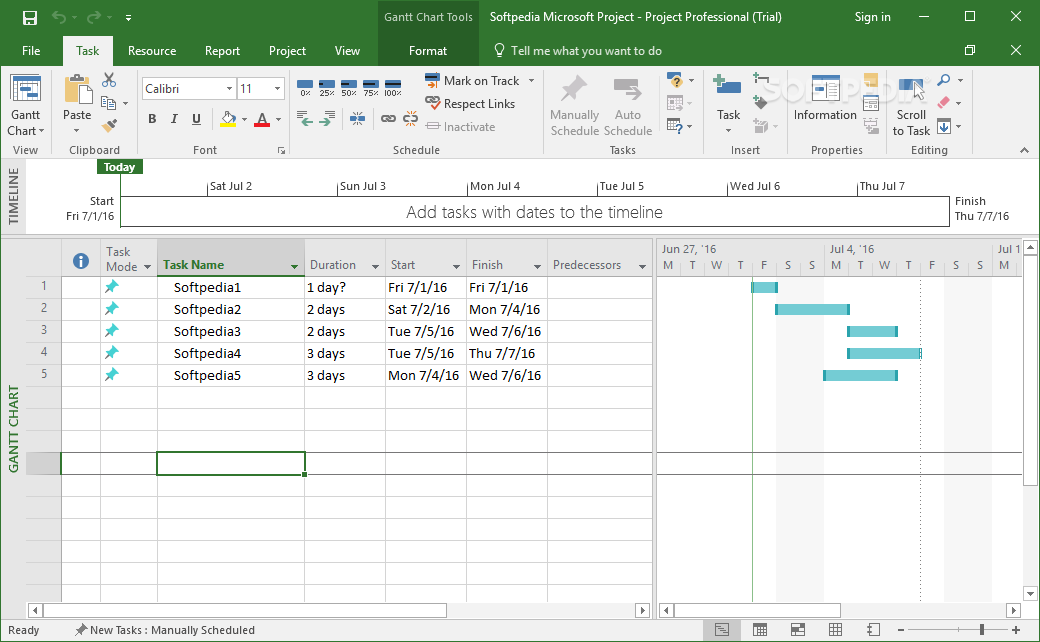
Tip: To select adjacent tasks, hold down SHIFT, and then click the first and last tasks that you want. (If you are setting a baseline for the entire project, skip this step.)

If you are setting a baseline for specific tasks, select the tasks, including subtasks and summary tasks, that you want to include in your baseline plan. On the View tab, in the Task Views group, click Gantt Chart. For example, you may want to set an interim plan on a monthly or quarterly basis. Then, if you need to save only task start dates and finish dates after the project begins, you can set multiple interim plans.

For example, you may want to set a baseline at each major planning milestone. If you need to keep records of extensive project data during the planning phase, it is a good idea to set multiple baselines instead of using interim plans. You can set up to 10 interim plans for a project. An interim plan saves only two kinds of information: Interim plansĪn interim plan, on the other hand, is a set of current project data that you save after the project begins and that you can compare against the baseline to assess project progress. You may find that setting multiple baselines is especially useful for long projects or for projects in which the baseline is rendered irrelevant by significant changes to scheduled tasks or costs. If project stakeholders agree that the difference warrants it, you can modify or rework the baseline at any time during the project. Baseline information that consistently differs from current data may indicate that your original plan is no longer accurate, possibly because the scope needs review or because the nature of the project has changed.

The baseline may also represent a contractual obligation for the project. For example, if your project has several phases, you can save a separate baseline at the end of each phase, to compare planned values against actual data.īecause the baseline provides the reference points against which you compare actual project progress, the baseline should include your best estimates for task duration, start and finish dates, costs, and other project variables that you want to monitor. As the project progresses, you can set additional baselines (to a total of 11 for each project) to help measure changes in the plan. BaselinesĪ baseline is a group of nearly 20 primary reference points (in five categories: start dates, finish dates, durations, work, and cost estimates) that you can set to record the original project plan when that plan is completed and refined. But they have important differences that you want to get straight. Learn more about baselines and interim plansīaseline plans and interim are similar in that they you compare current dates against an early date.


 0 kommentar(er)
0 kommentar(er)
